
Blood Moon 2025
Sky-watchers around the world have been witnessing a striking Blood Moon - a phenomenon that happens when the Moon passes through the Earth's shadow, taking on a deep red hue.The captivating display was visible in its totality in several countries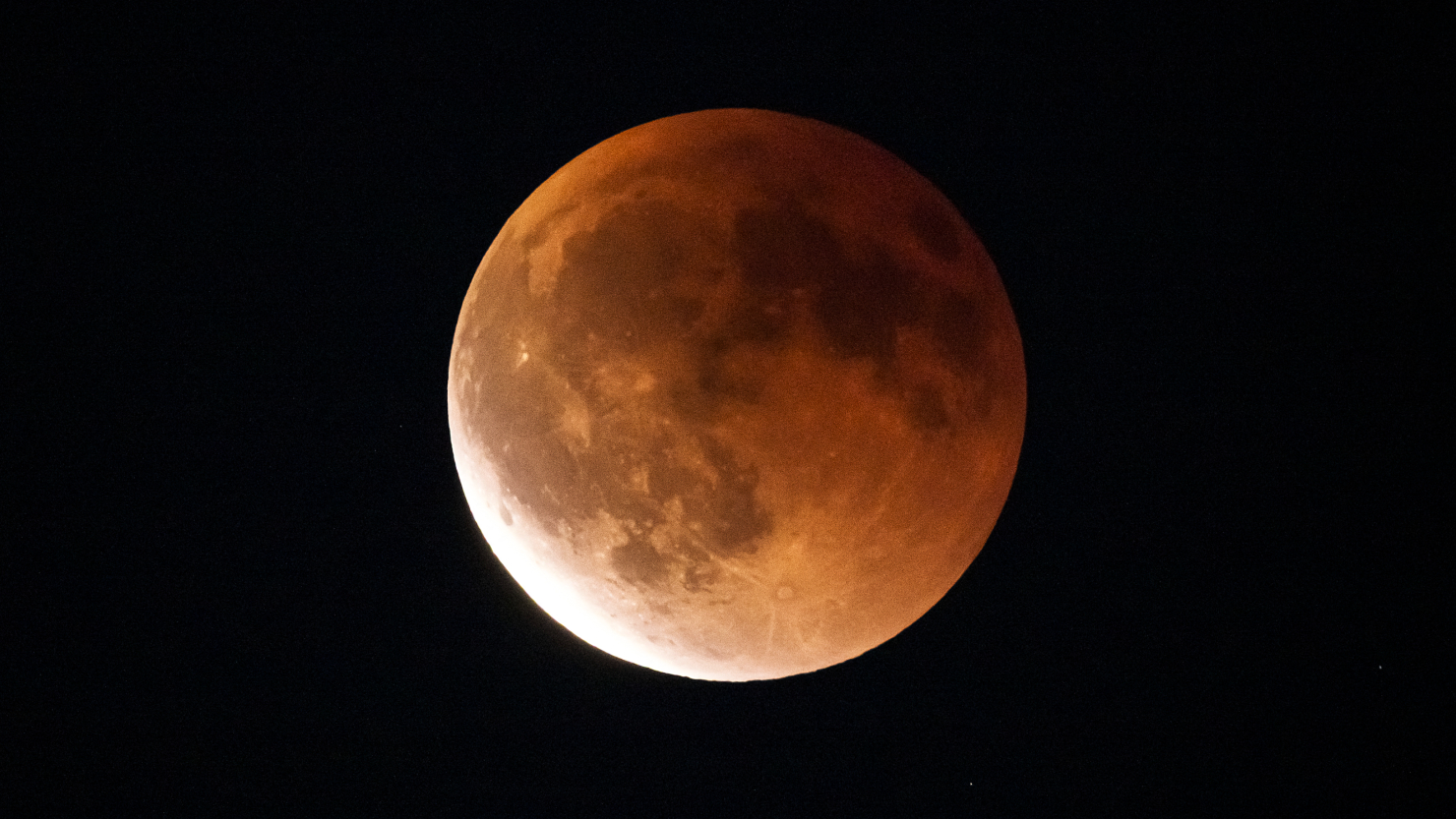 around world.
around world.
Stargazers enjoyed a “blood moon” during a total lunar eclipse visible across Asia, as well as swaths of Europe and Africa.When the sun, Earth, and the moon line up, the shadow cast by the planet on its satellite makes it appear an eerie, deep red colour — an effect that has astounded humans for millennia.People in Asia, including India and China, were best placed to see Sunday’s total eclipse, which was also visible on the eastern edge of Africa as well as in western Australia.The total lunar eclipse lasted from 17:30 GMT to 18:52 GMT.Stargazers in Europe also had a brief chance to see a partial eclipse just as the moon rose during the early evening, but the Americas missed out.
The moon appears red during lunar eclipses because the only sunlight reaching it is “reflected and scattered through the Earth’s atmosphere”, said Ryan Milligan, an astrophysicist at Queen’s University Belfast, Northern Ireland.Blue wavelengths of light are shorter than red ones, so they are more easily dispersed as they travel through Earth’s atmosphere, he told the AFP news agency.“That’s what gives the moon its red, bloody colour.”While special glasses or pinhole projectors are necessary to observe solar eclipses safely, all that is required to view a lunar eclipse is clear weather and a suitable spot.
The last total lunar eclipse was in March this year, while the previous one was in 2022.
About 75 people gathered this evening in Blackheath for a Flamsteed Astronomy Society event in London - families, couples, friends and kids.
All were hoping to catch sight of the eclipse. It felt a bit like a small party and the mood was optimistic when clouds started clearing above the eastern horizon about half an hour before the moonrise.But in the end, the weather didn’t play ball - and we didn’t see the eclipse.“This is British astronomy - we turn out but there’s always a risk you don’t see anything. Sometimes the weather lets us down,” Jake Foster, public astronomy officer at the Royal Observatory Greenwich, tells me.“Maybe you can come again next year?” Gaia, 11, asks me - the next chance to see a partial eclipse is August 2026.
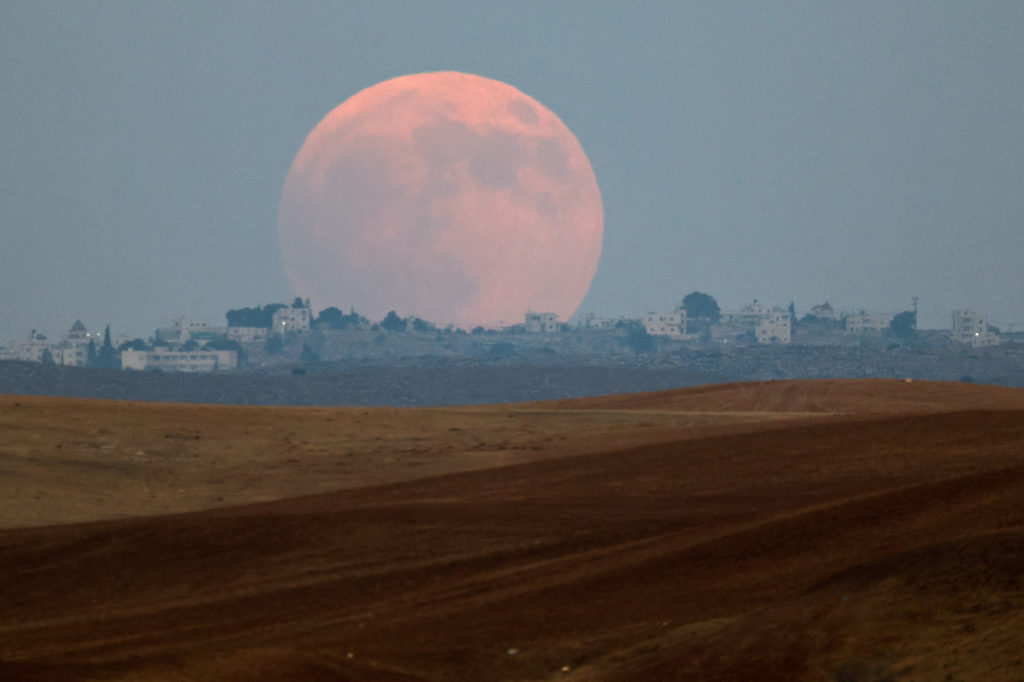
On September 7, 2025, the Corn Moon will rise at 15 degrees of Pisces. But this is no ordinary Full Moon; it is a Blood Moon Total Lunar Eclipse, the longest one since 2022. During this celestial event, the Moon slips into Earth’s shadow, glowing in red, brown, or orange shades. It is deeply symbolic, marking a powerful turning point for all zodiac signs.
According to celebrity astrologer Kyle Thomas, this eclipse in Pisces is about endings, healing, and stepping into a new chapter. Here’s what it could mean for you, based on your zodiac sign.The Blood
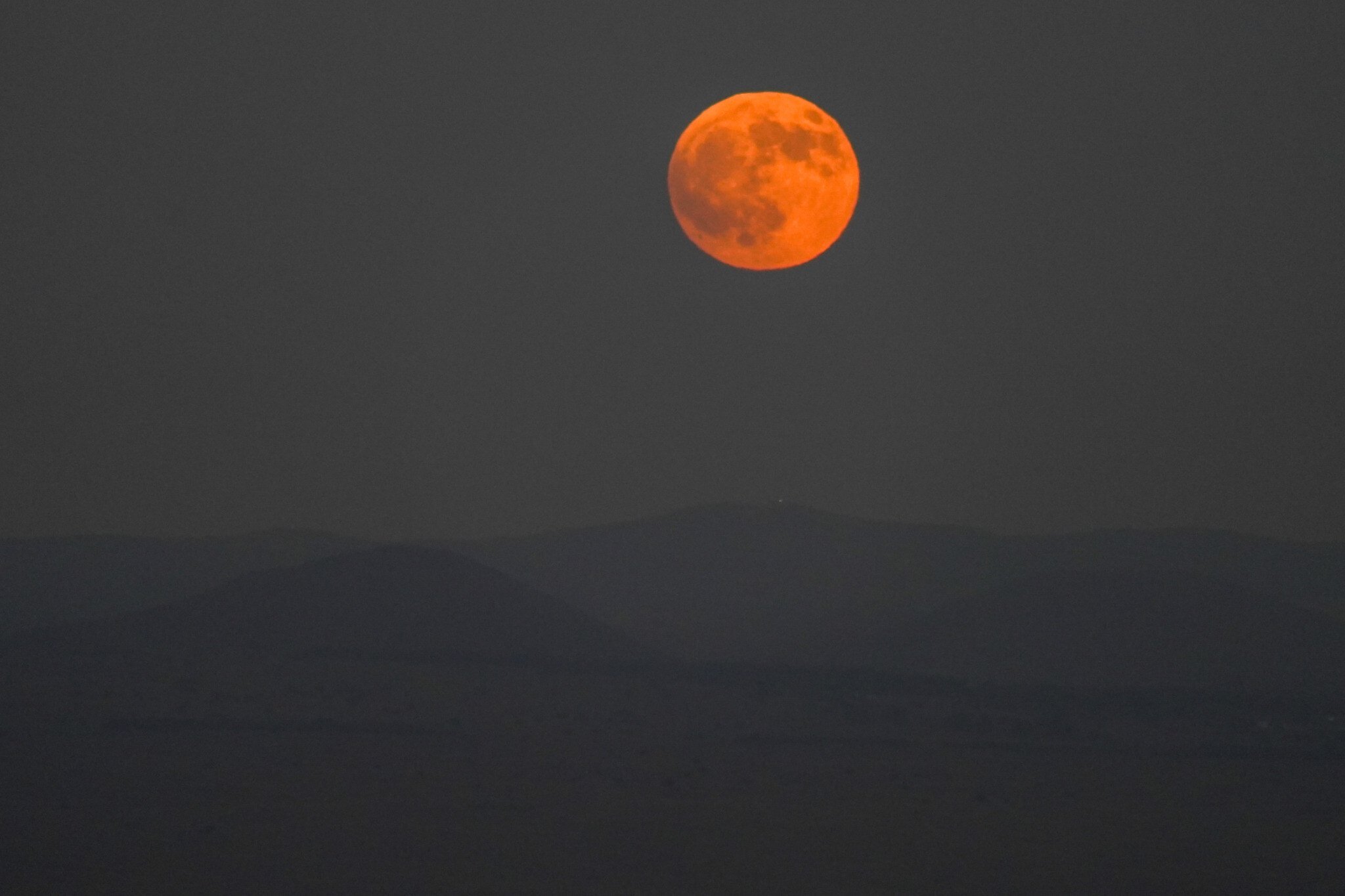 Moon total lunar eclipse on September 7–8, 2025, will last over 82 minutes and be clearly visible across India, Asia, Australia, Africa, and Europe. Indian cities such as Mumbai, Delhi, Kolkata, and Bengaluru offer excellent vantage points, with the eclipse peaking around midnight. Clear skies and minimal light pollution will ensure the best viewing of this rare celestial spectacle.
Moon total lunar eclipse on September 7–8, 2025, will last over 82 minutes and be clearly visible across India, Asia, Australia, Africa, and Europe. Indian cities such as Mumbai, Delhi, Kolkata, and Bengaluru offer excellent vantage points, with the eclipse peaking around midnight. Clear skies and minimal light pollution will ensure the best viewing of this rare celestial spectacle.
The best places to see the Blood Moon lunar eclipse of September 2025 include Mumbai, New Delhi, Kolkata, Bengaluru, and other key Indian cities, as well as prime spots in Asia, Western Australia, and most of Africa and Europe, thanks to their total visibility and best timing for the occurrence.The Blood Moon on September 7–8, 2025, is a total lunar eclipse that will last 82 minutes, making it one of the longest and most visible celestial events of the decade. During the eclipse, as Earth stands perfectly between the Sun and Moon, the Moon will have a coppery-red hue, observable without the aid of telescopes or protective gear. In contrast to solar eclipses, lunar eclipses are safe to observe unaided.A rare total lunar eclipse “blood moon” will be visible from the UK on Sunday night for the first time since 2022.The moon is expected to turn a deep, dark red as the Earth passes directly between the sun and the moon, casting its shadow across the lunar surface.
According to the Met Office, the moon will take on a reddish hue because it will be illuminated by light that has passed through the Earth’s atmosphere and has been bent back towards the moon by refraction, scattering blue light and allowing red wavelengths to reach the moon.Where skies are clear, the eclipse will be visible at about 7.30pm on Sunday. The Met Office recommends people keen to see the phenomenon plan to be somewhere with as clear a view of the eastern horizon as possible, ready for the lunar eclipse to peak in the UK at 7.33pm. In built-up areas this may mean going to a hill or viewpoint.The eclipse – sometimes referred to as a “blood moon” – will be visible to the naked eye and unlike solar eclipses is safe to view directly as the moon’s reflected light is not as bright.
A spacecraft approaches an asteroid in space
Giant asteroid could crash into moon in 2032, firing debris towards Earth
Read more
Dr Ed Bloomer, an astronomer at the Royal Observatory in Greenwich, said the moon will rise over the UK just in time for people to see the tail end of the eclipse. He said: “The moon is pretty unmistakable in the sky, so
the most important thing is to face the right direction.“It’ll be rising towards the east, and head southwards over the cour
se of the night. As it rises, the most important thing will be whatever is low on your horizon. A flat landscape, or an elevated position makes for the best visibility – so there aren’t things like buildings, trees, or other things in the way.“A lunar eclipse like this is a great opportunity for observing with kids too. It isn’t too late for us in the UK, the target is nice and easy, and minute by minute you will notice changes – good for short attention spans.”People eager to see the eclipse are advised to check the forecast in their area over the weekend, but 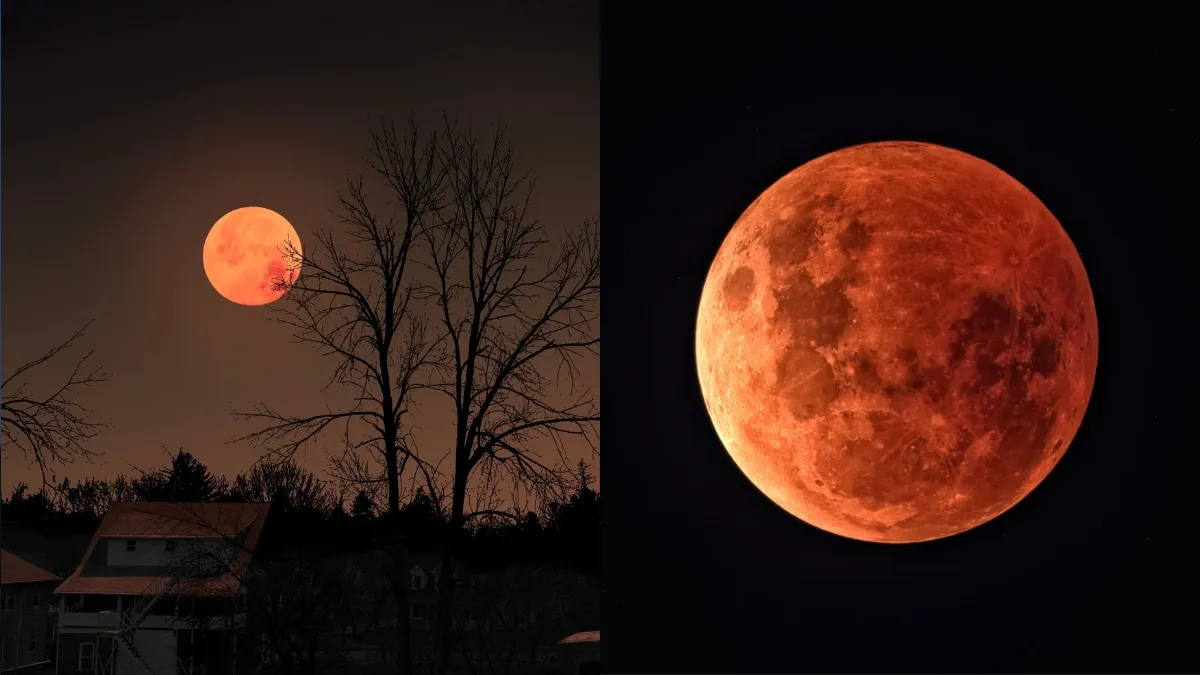
the Met Office said the clearest skies for viewing the blood moon are most likely to be across the south-west and parts of eastern England. 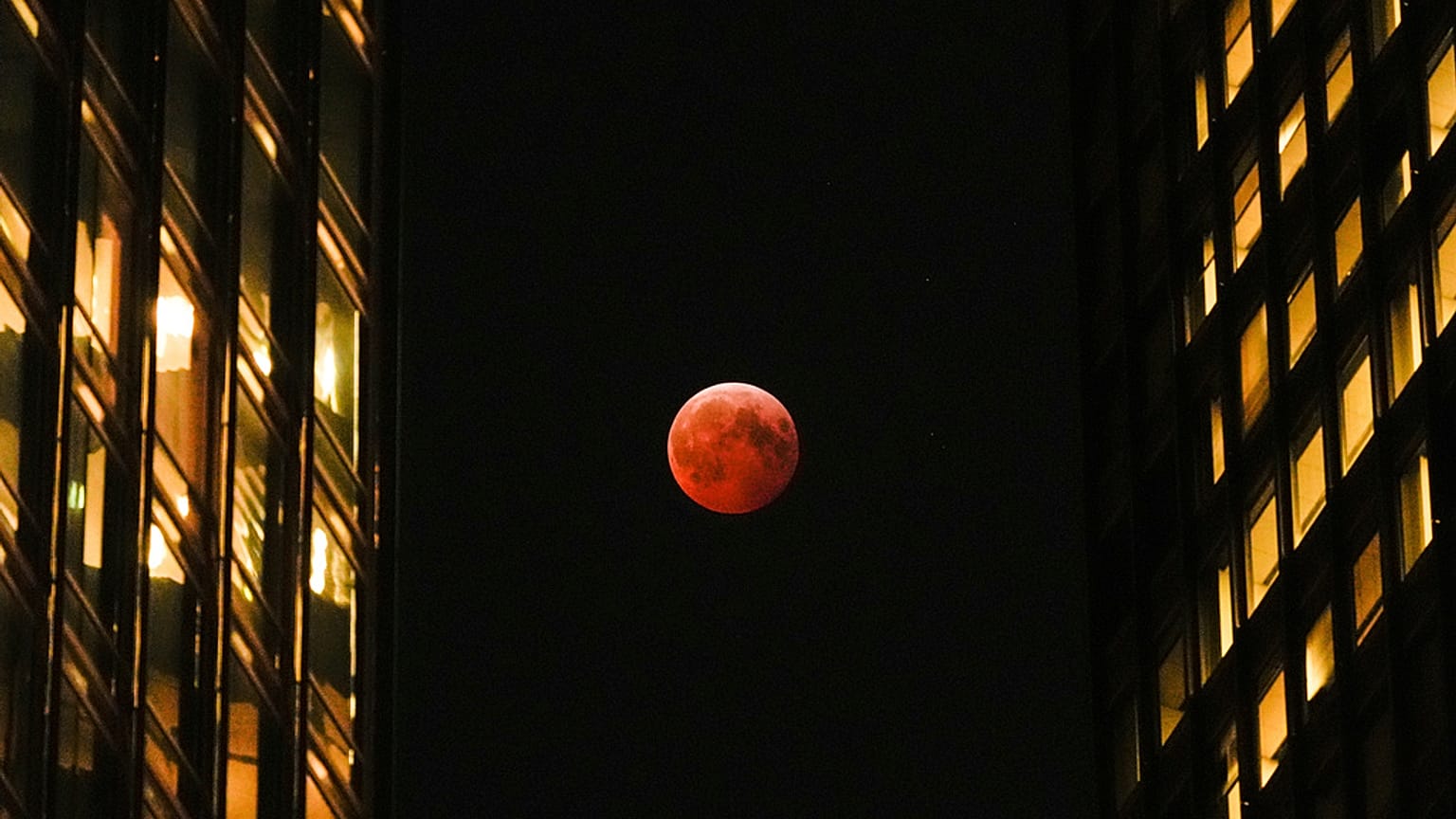 The Royal Observatory said the next partial lunar eclipse will be in August 2026. Other regions well positioned to view the eclipse include Australia, China, India, the Philippines and parts of Africa.But most of North and South America will miss out entirely as they will be on the sunlit side of the planet during the event.Throughout history, blood moons have stirred awe and superstition. Ancient cultures from Norse to South American, Native American to Chinese, interpreted the red moon as a sign of divine anger or supernatural conflict, while biblical texts warned that “the sun will be turned into darkness and the moon into blood before the day of the Lord comes, that great and terrible day”.
The Royal Observatory said the next partial lunar eclipse will be in August 2026. Other regions well positioned to view the eclipse include Australia, China, India, the Philippines and parts of Africa.But most of North and South America will miss out entirely as they will be on the sunlit side of the planet during the event.Throughout history, blood moons have stirred awe and superstition. Ancient cultures from Norse to South American, Native American to Chinese, interpreted the red moon as a sign of divine anger or supernatural conflict, while biblical texts warned that “the sun will be turned into darkness and the moon into blood before the day of the Lord comes, that great and terrible day”.
Across the planet, decades of progress towards a healthier planet is being threatened by a global resistance in the form of far-right politicians and governments, fossil fuel influence and corporations empowered by the political winds to roll back their green pledges.
A growing lobby of economic and political denial has been empowered by a US administration that has declared war on climate progress and wider environmental protections.
One powerful way to do that is by funding strong, independent journalism that can help stand up to this tide.
The Guardian doesn’t bow to political pressure and we don’t take advertising from fossil fuel companies. Our work is funded by readers just like you. For our annual environment support campaign, we are asking 40,000 readers to back our journalism with a one-off or recurring amount.
Many sky-gazers around the world will get the chance to see a dazzling celestial display this weekend — a total lunar eclipse that could cause the moon to take on a deep reddish hue.
The lunar eclipse will be visible Sunday for those in Europe, Africa, Asia and Australia, according to NASA. As the sun, moon and Earth line up in their orbits, the moon will be cast into a crescent-shaped shadow before being fully blocked from the sun by Earth. At that point, some light from the sun will make it around the edges of Earth. Blue light will be scattered by air molecules while the remaining wavelengths will reflect off the moon making it appear to glow red — what is known as a blood moon.
The event will start at 11:28 a.m. ET and end at 4:55 p.m. ET (though the eclipse will not be visible to those in the Eastern time zone). Totality — when the moon is completely covered by Earth’s shadow — will start at 1:30 p.m. ET and last for about an hour and 23 minutes, according to EarthSky.
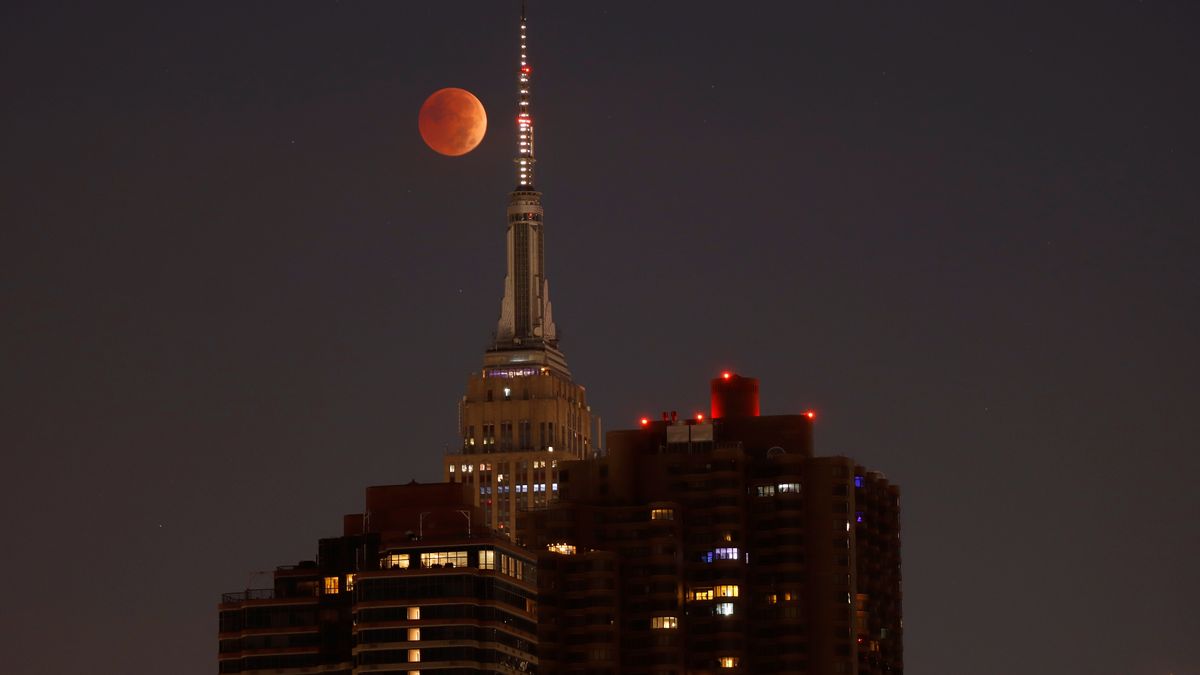
“The beauty of a lunar eclipse is that it’s gradual. For folks that have seen solar eclipses, they happen fairly rapidly. The lunar eclipse is a far more relaxed environment,” said Noah Petro, chief of NASA’s Planetary Geology, Geophysics and Geochemistry Lab at Goddard Space Flig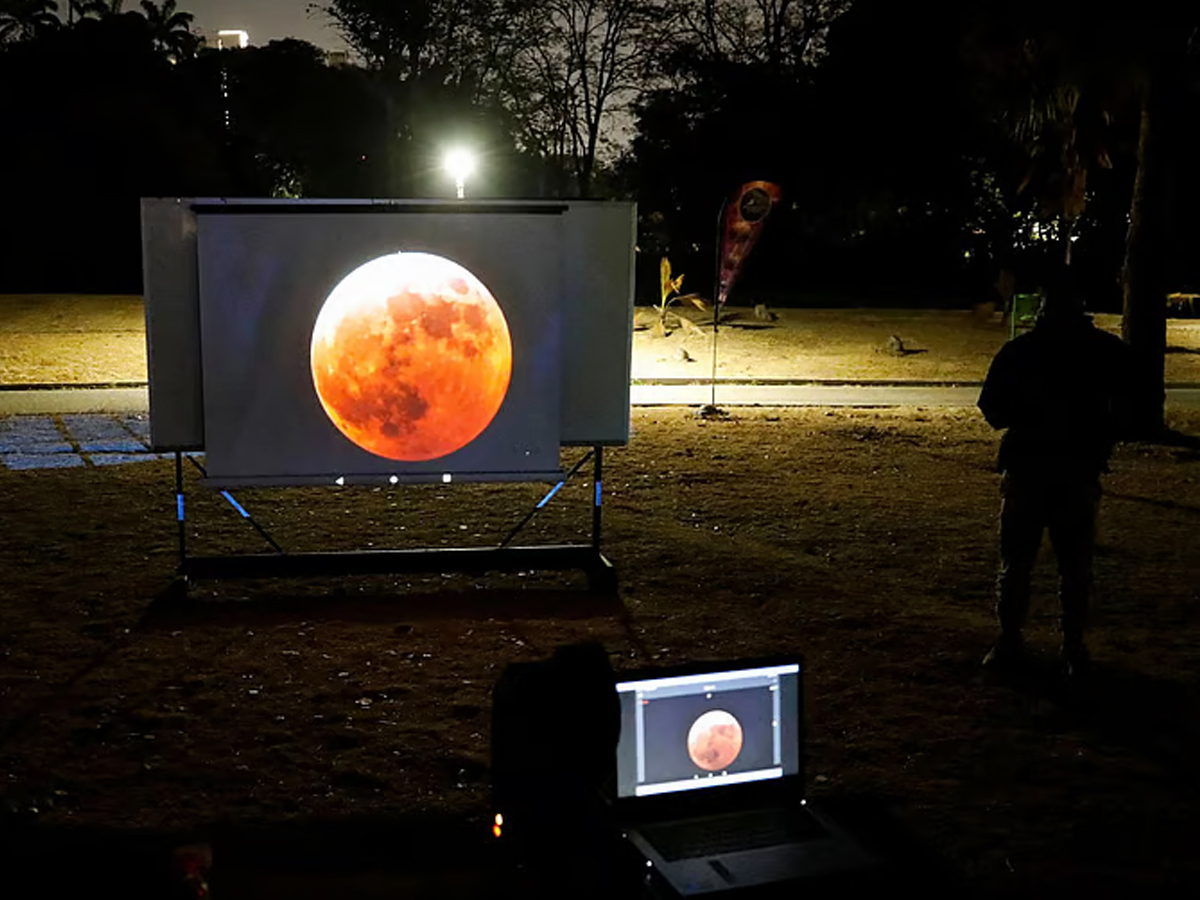 ht Center in Greenbelt, Maryland. “You don’t have to be in a specific spot (to see it), but you have to be in the right hemisphere.”For those in North and South America who will not be able to view the eclipse, there will still be opportunities to observe a bright full moon this weekend, otherwise known as the corn moon.Here’s what experts recommend for best viewing of the full moon and the total lunar eclipse.September’s full moon — nicknamed the corn moon as it aligns with the season for harvesting corn, according to the The Old Farmer’s Almanac — will peak around the same time as the lunar eclipse. But full moons appear round to the naked eye one day before and after their peak, so sky-gazers can observe the full moon all weekend and into Monday, Petro said.
ht Center in Greenbelt, Maryland. “You don’t have to be in a specific spot (to see it), but you have to be in the right hemisphere.”For those in North and South America who will not be able to view the eclipse, there will still be opportunities to observe a bright full moon this weekend, otherwise known as the corn moon.Here’s what experts recommend for best viewing of the full moon and the total lunar eclipse.September’s full moon — nicknamed the corn moon as it aligns with the season for harvesting corn, according to the The Old Farmer’s Almanac — will peak around the same time as the lunar eclipse. But full moons appear round to the naked eye one day before and after their peak, so sky-gazers can observe the full moon all weekend and into Monday, Petro said.
For best viewing of the full moon and the total lunar eclipse, Petro recommends going outside and finding a spot away from bright lights, as they could hinder visibility of the natural satellite as it goes through all stages of the eclipse.
“A lunar eclipse is a truly incredible sight, and something you can see without any special equipment — you do not need a telescope or even the special eclipse glasses that you need for a solar eclipse,” Sara Russell, research scientist and head of the Planetary Materials Group at London’s Natural History Museum, said in an email. But having binoculars or a telescope available could add to the viewing experience, Russell noted.
The moon turns red once it is completely blocked by Earth’s shadow, illuminated by red-orange light from the sunsets and sunrises on the Earth, Petro said.
While full moons occur every 29 days, lunar eclipses typically only happen about twice a year when the sun, moon and Earth align. For those who may be feeling left out, the next total lunar eclipse is set to take place on March 3 and will be visible in parts of North and South America, Petro said.
“I’m always happy to see the full Moon, whether there is an eclipse or not,” Russell said. “The Moon formed in the very earliest times of the Earth’s history, and the Earth and Moon have been through a lot together. You can see the evidence of that with the naked eye, looking up to see all the craters on the Moon that have been formed over 4.5 billion years of history.”
The next three full moons will be supermoons — full moons that occur when the moon is closest to Earth in its orbit, making it appear larger and brighter than regular full moons.
Two weeks after the total lunar eclipse, on September 21, a partial solar eclipse will be visible in parts of Australia, the Atlantic, the Pacific and Antarctica. This occurs when the moon moves between the sun and Earth, blocking part of the sun’s light from view.
Posted on 2025/09/09 09:11 AM
